A half-dozen middle-aged women just flew in from two weeks vacationing in Europe – and boy, are their arms (and feet) tired. Being abroad with these broads was a blast, swollen ankles and all.
Divorced, widowed, partnered and hailing from various cities, we converged in France earlier this month to experience an AmaWaterways “Taste of Bordeaux” river cruise on the AmaDolce. This elegant ship holds 144 passengers, but we had just 98 guests on board.
Sort of like a family reunion at my sister Sandy’s lake house but without the jet skis. And more wine — a whole lot more wine.
Ninety-eight passengers to 45 crew members. A nearly 2:1 ratio. Royal treatment, indeed.
Most of the ladies in our group were experienced world travelers, but one of us had never been overseas. That would be me. I loved every minute of my maiden voyage “across the pond,” except slow dancing with Tireless Bob from Ann Arbor and coming back to America so soon, which I really wasn’t ready to do.
I believe I am smitten after being bitten by the river cruise travel bug.
“Pinch me” was all I could say whenever we’d visit something more fabulous than the previous day, such as touring the famed Citadel in Blaye. Or climbing stairs at an 18th-century chateau in Libourne. Or exploring cavernous rooms of a medieval castle in Blaye. Or tasting sweet wine at a Sauternes vineyard. Or hearing bells ringing outside a monastery in Saint-Emilion.
Wow. Just wow.
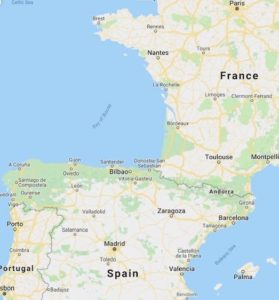
It was a gastronomical delight and some of the best wine I’ve ever tasted: Cabernet Sauvignon, Merlot, Sauvignon blanc, even vintages such as rich red Cune Rioja and Txakolina, a sparkling dry white from Basque Country in northern Spain, where we began our four-night, pre-cruise bonus trip. (“Tx” in the Basque language is pronounced like “ch” in English, as in “cha-ko-LEE-nuh.”) It’s yummy no matter how you say it.
We also learned to say “pintxos,” a native Basque finger-food ranging from a few olives skewered on a toothpick to a tiny brioche bun loaded with roasted pork, cheese and red peppers. It’s pronounced “PEEN-chos.” More importantly, we learned how to eat them while drinking Cune and Txakolina. Delicious. And don’t call them “tapas” because they’re not.
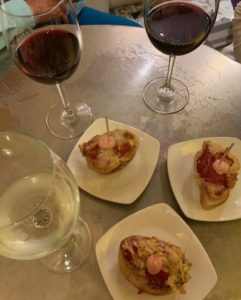
Once aboard the AmaDolce, we savored four-star gourmet food from morning till night, and sipped the world’s best wine as we sailed along the Garonne River in the heart of France’s famous Bordeaux region.
Much smaller than those enormous ocean cruise ships, the AmaDolce is 360 feet long and 38 feet wide. You could actually remember the floor plan, find the restroom and still make it to dinner on time. Size matters when it comes to river cruising, and smaller is definitely better.
Speaking of toilettes, bathrooms are pretty much all unisex in Spain, and especially in France. Separate stalls to do your business but with equal opportunity hand-washing areas. No silly ordinances banning use by either gender. Honestly, nobody gives a rat’s fandango what parts you have.
For more on parts unknown, see my River Cruise sidebar, “International coverup.” You won’t regret it: http://wp.me/pb1d2X-cu
Now that I’ve got your attention, here are some people, places and things of note from my first trip abroad:
Bilbao, Spain: Pedro, our handsome Basque guide, showed us the Vizcaya Bridge (“Hanging Bridge”) built in 1893 that transports people and cars across the 160 meters (look it up) between the two river banks. Pedro called it the first mechanical transporter bridge built in the world. What an engineering marvel. (The bridge, too.) You knew that was coming, right?
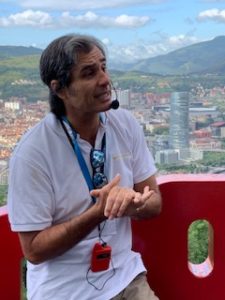

Bilbao city tour: Our Italian guide Flora, an expert philologist by profession (look it up), showed us more of the city away from the usual tourist points of interest. We ordered pintxos at La Olla restaurant in the city’s historic de la Plaza Nueva. She took us to see Bilbao’s legislative offices, ironically located in an old church complete with an altar, stained glass and holy water at the exit. Perhaps the U.S. Congress could learn a few things from these gentle people. Later, we crossed the Zubizuri “White” Bridge, an architectural wonder, to have dinner at a place called Larruzz. (Rebecca can offer more details about our Basque waitress, Amanda, who spoke very little English. As in, not a word. Let’s just say they hit it off like … family.)

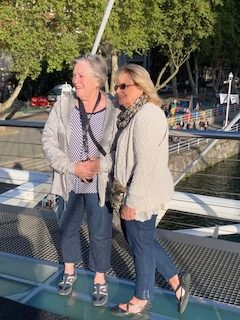
The Guggenheim Museum: Must. Go. Back. A fascinating building inside and out, this Bilbao gem is home to some of the world’s most outstanding contemporary art. Loved the giant “Puppy” by American artist Jeffrey Koontz displayed outside the museum. The 40-foot-high sculpture is a rendering of a West Highland terrier comprised of soil and living, multicolored flowers that are replaced every six months. Not sure who has that job.
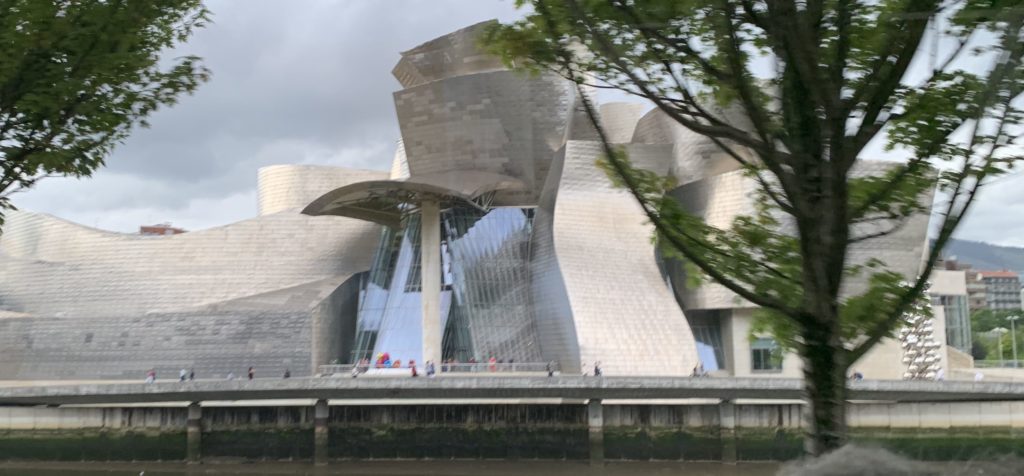
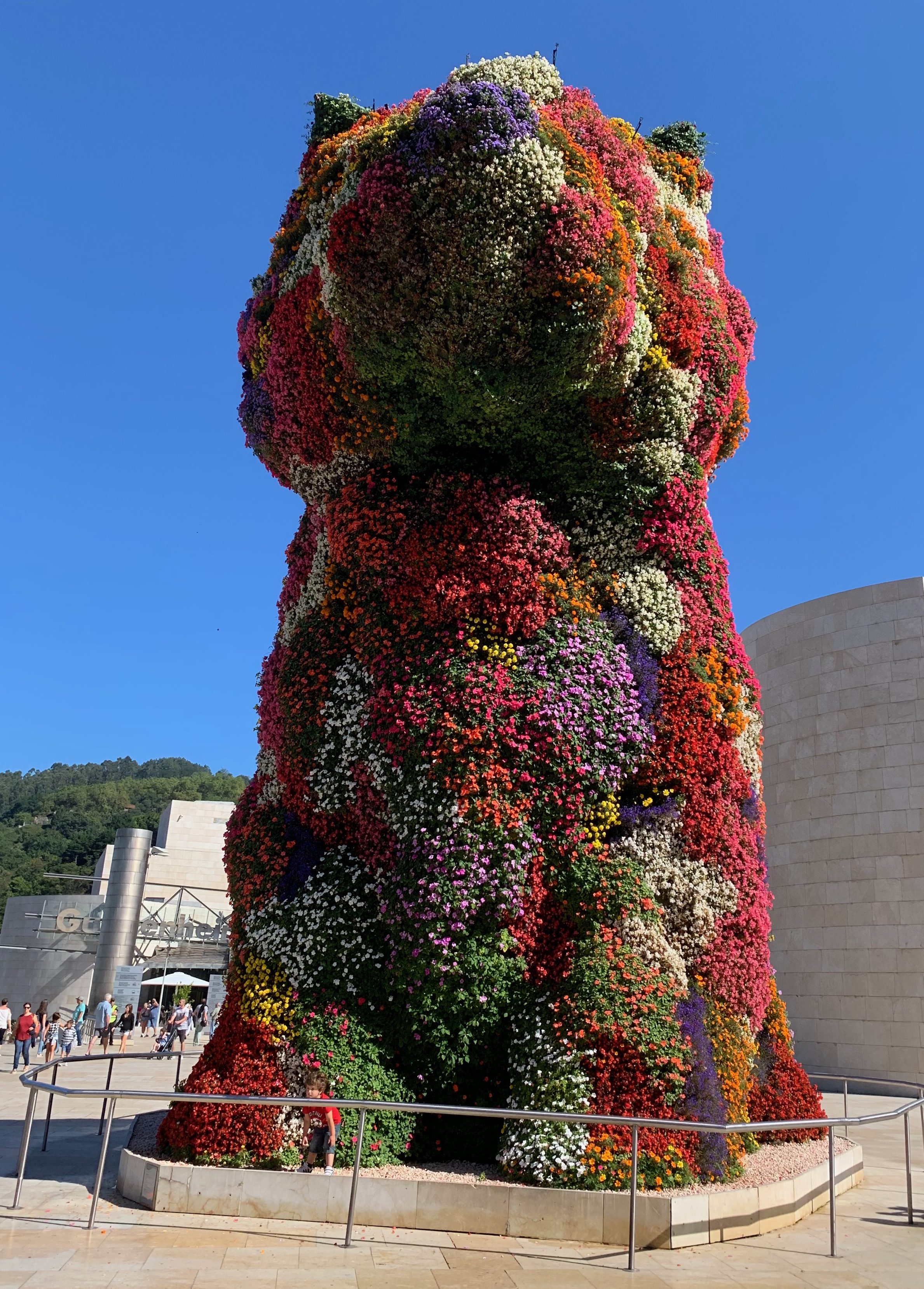
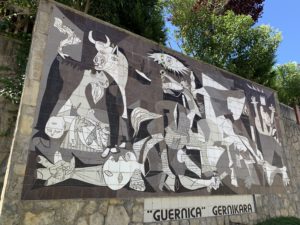
Guernica: Stopped here on our way to San Sebastián, Spain. You probably have heard of this city because Spanish artist Pablo Picasso created one of his best-known works called “Guernica” in June 1937. The somber gray, black and white work is regarded as one of the most moving and powerful anti-war paintings in history and is one of Picasso’s best known works. There’s even a street named after him here. During the Spanish Civil War and under dictator Francisco Franco’s rule, Italy and Germany bombed the city of Guernica in April 1937. Our guide Flora said Franco approved the horrific move against his own people to get on Hitler’s good side. Truly. It was strange and sad to see tourists from other countries taking photos and laughing in front of the “Guernica” replica, which depicts the suffering of people and animals wrenched by the violence and horrors of war. No sense of history.
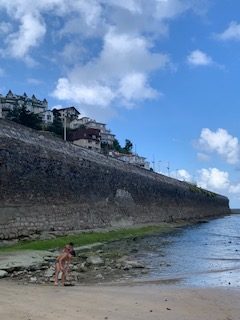
San Sebastián: A beautiful resort town on the Bay of Biscay, this city owes its existence to Spanish royalty who visited during the 19th century. By the early part of the 20th century, Queen Maria Cristina of Spain and her court spent summers at the Palacio Miramar. Without her, this place wouldn’t be on the map. There’s even a hotel named after her. Adding to our day was a breathtaking view of Monte Igueldo and the spectacular Good Shepherd of San Sebastián Cathedral. One of my curious traveling pals, Lynne, and I ventured out to Ondarreta Beach, set in the majestic Bahia de la Concha (Concha Bay). It’s one of the best beaches in the San Sebastián region, nestled below the slope of Monte Igueldo, a landmark mountain in this area. The water temperature was similar to Lake Michigan in summer, and we found some very cool orange rocks that a Customs officer at Bordeaux airport discovered in my carry-on bag. “You went to France and all you got was a bag of rocks?” he asked. Oui.

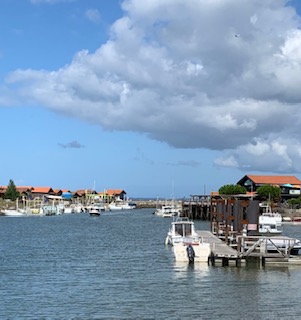
Saint Jean de Luz: Saying au revoir to San Sebastián, a comfortable motor coach took us eastward through what is known as French Basque Country. More francais spoken but with the same Basque traditions. We stopped in Saint Jean de Luz, a charming fishing village, as well as the Bay of Arcachon, known as the French Atlantic coast’s gem for oysters. We had lunch there but nixed the oysters. They serve them raw with lemon juice. Tabasco is for sissies. Next up was the Bordeaux city tour with our guide Amaya. One word describes this visit: “macrons.” (And I’m not talking about that handsome president of France.) We tasted the most delicious cookie native to this region. Melt-in-your-mouth goodness. Of course, we bought a box. Or two.
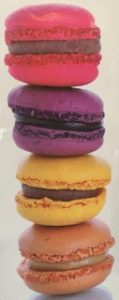
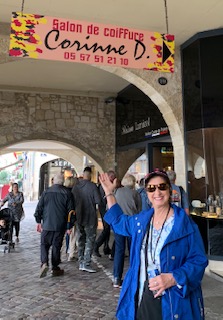
Libourne: This was our first stop after leaving the port of Bordeaux. Libourne is on the Dordogne, a river that splits off from the Garonne. The town lies near Saint-Emilion and Pomerol, making it the wine-making capital of this area. Our guide Julia took us to the picturesque medieval village of Saint-Emilion – about a half-hour from Bordeaux on the Right Bank of the river – where St. Emilio, a Breton monk, sought refuge and lived in an underground cave. We actually walked down into the cave and visited a monolithic church as well. Living as a hermit, Emilio performed a few miracles and lived in the cave for 17 years.

Market: The French country market tour in Libourne was billed as a way to enjoy the “colorful stalls of the marche,” a.k.a., market. They forgot to mention it was more meat than flowers, fruits and vegetables. I’ve never seen so many carcasses! Rabbit kidneys, anyone? Frankly, the sights, sounds and smells overwhelmed my senses and turned my stomach. I took one bite of the complimentary cheese and prosciutto and nearly hurled on our guide.

Wheelhouse tour: Our ship’s captain, Tony Ghys of Belgium, gave passengers a first-hand look inside the AmaDolce wheelhouse: his front office. A charming gentleman, he put on his captain face when a boater got a little too close to our ship. “What an idiot,” said Capt. Tony. He also explained a marine phenomenon none of us had ever heard of: mascaret. We completed this maneuver more than once, due to the tidal bore phenomenon in which the leading edge of the incoming tide forms a wave (or waves) of water that travels up a river or narrow bay against the direction of the river’s current. Occurring every seven hours on rivers like the Garonne, the ship must leave port and then return to avoid higher water levels.
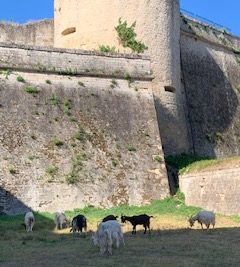
Blaye and Bourg: A quaint little town, Blaye has the 17th-century Citadel listed as a UNESCO World Heritage site. In Bourg, which was built during the Roman times, the town’s inhabitants still live inside medieval walls.
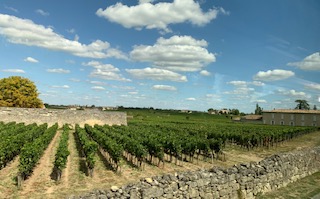
Pauillac: In the Medoc region, on the Left Bank of Bordeaux, we toured two Grand Cru Classe wineries. Known for its blended wines, this area’s wineries look like medieval castles from the 1600s. One impressive fact: The official 1855 classification recognized the Chateau de Rayne Vigneau, which we visited, toured and loved. Translation: A “GCC 1855” classification is the highest mark for Bordeaux wines.

(Ronda Seifer photo)
St. Julien: Claire, our Scottish/French guide with a British accent, took us through Chateau Leoville Poyferre, also on the estuary’s Left Bank. Here’s one of my favorite lines explaining why only barrels with 70% oak are used to hold the aging vintages: “Wine is like a prickly hedgehog. Oak softens it up.” Hence the term, “It’s your turn in the barrel, Hedgy.” (That line was for the Tasco family.)
Chateau Lafitte-Rothschild/Chateau Mouton-Rothschild: Speaking of families, most wine produced from grapes grown on the 250 acres of Medoc land owned by the Rothschilds sells for thousands of dollars. The most expensive, a bottle of 1787, was sold to publisher Malcolm Forbes in 1985 for more than $156,000. It was believed to be from Thomas Jefferson’s cellar and etched with the initials “ThJ” in the glass. According to our guide, the 200-year-old vintage would have made “a really good vinegar.” About 99% of Rothschild wine is sold strictly to merchants. No wine for you.

(Corky O’Reilly photo)
Sauternes: One of the most surprisingly enjoyable winery excursions was a visit to Chateau de Rayne Vigneau in the Sauternes region, located on the Left Bank of Bordeaux. It’s where highly sought-after sweet white wine is produced, and one vine produces just a glass or two. In other places, one vine can produce an entire bottle! So, this particular type of wine is special, and the way it’s grown takes time, patience and hard work. Our guide Vincent told us how a concentration of rot fungus gives the sweet wine its flavor. They harvest each grape individually, looking for the ripest and ugliest, until they resemble a raisin. Or, as Vincent said with feeling: “Until they are disgusting.” Sweet wines weren’t on my list of favorites – until now. They should be paired with bitter dark chocolate, bleu cheese, or injected into chicken or turkey before cooking. Yum.

Castle of Roquetaillade: An amazingly preserved masterpiece of medieval military architecture, this castle was built in the 10thcentury by Charlemagne as his army advanced toward the Pyrenees. The name means “carved out of rock” and describes its natural use for defense. It was rebuilt in the 14thcentury by the noble family who still lives there today – after 700 years! Turns out that Sebastian, our unassuming gentleman tour guide ACTUALLY OWNS THE PLACE. We didn’t learn this until afterward. Darn! I wanted to ask him about that secret door in the main bedroom.
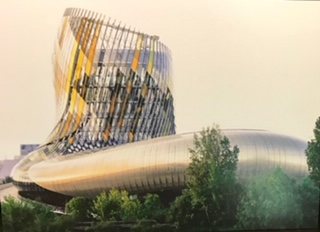
(Leslie Martin photo)
La Cite du Vin: Translation: “City of Wine,” as in a wine museum. What else would you expect to see in the world’s most famous wine country? The museum building alone was a work of art, resembling a wine decanter atop a winding tube. We could have spent hours there enjoying a total sensory experience of sight, sound, smell and taste to hone our wine palettes. They were indeed piqued, and I’ll not forget the malodorous musty book smell for a very long time. Or the look on Rebecca’s face after sniffing it after I said it wasn’t that bad. Paybacks.
***

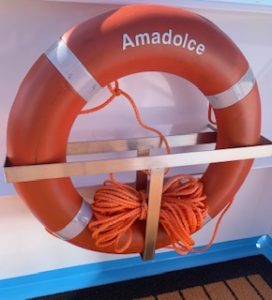
So, I didn’t sleep much our last night on the ship. Tossed and turned in our floating oasis. Guess I was anxious about leaving Bordeaux. mostly because I didn’t want to.
Up at 6:30 a.m., breakfast at 7:30, our bags outside the state room by 8. A motor coach dispatched us to the local Bordeaux airport in time for our 11:50 a.m. connector to Amsterdam.
Like clockwork, the AmaDolce crew scrubbed away virtually any trace of the 98 passengers who had just spent the past seven nights on the ship. An entirely new bunch of eager passengers would embark the spotless vessel that afternoon.
By then, the six of us would be long gone, likely walking in circles at Amsterdam’s Schiphol Airport rushing to catch our final flight home. Two from our group would enjoy a post-cruise trip to France’s Loire Valley and Paris, adding on a few more days of fun.
I won’t lie. It was good to wake up in my own bed Friday morning, the 13th of September, as luck would have it. There’s a sorely missed dog to cuddle, piles of mail to open, dirty laundry to sort and thirsty plants to water.
Back to reality. But not for too long. Time to start planning our next adventure.
(Editor’s note: My sincere apologies if there are any inaccuracies in this post. It is written as I remember it, which may in itself be problematic. Blame it on the wine. Or as they say in Bordeaux, “Sante!”)
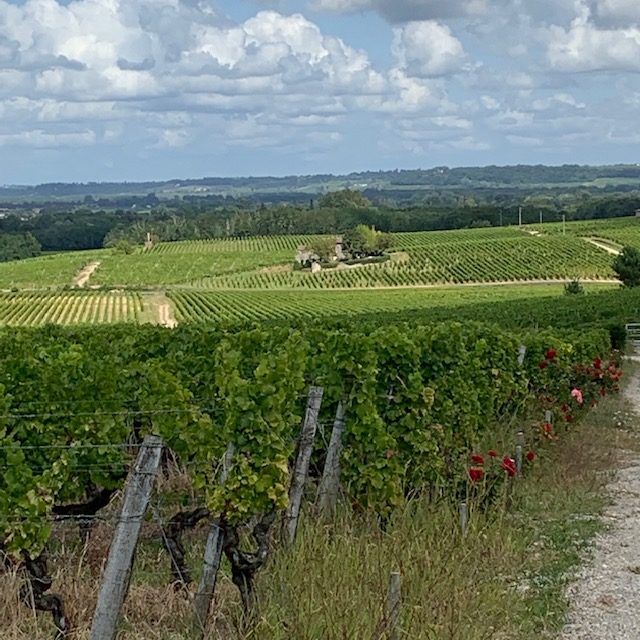


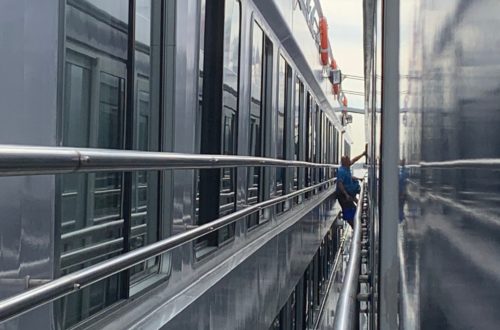
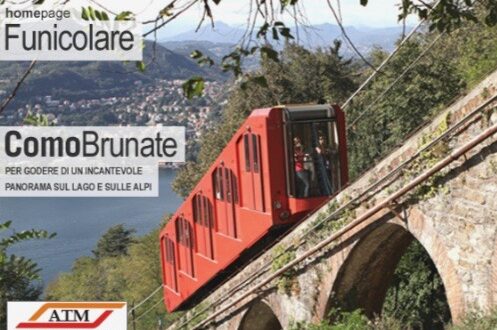
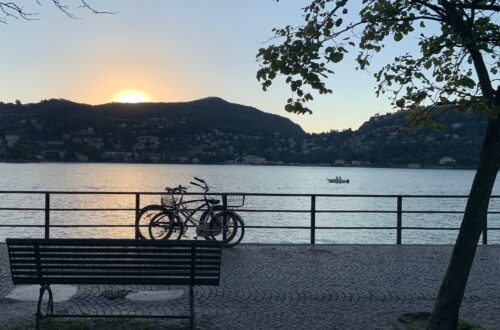
6 Comments
Corky O’Reilly
With cup of coffee in hand, I settled in to enjoy and relive every amazing moment of our time together, and my dear sister didn’t disappoint in describing our shared experiences. I’m sitting here laughing and tearing up reliving what this incredible group of women shared – memories that will never fade. My bags are unpacked, laundry done, mail and plants and yard tended to, and this broad could be packed and ready to fly again tomorrow! Thank you, sis😘
Rebecca
Thank you for helping me relive the finer details of our trip! All that note-taking you did was well worth it. You do have a wonderful way of creating pictures in your words. Thank you again — this is a trip I’ll never forget!
Jennifer John
So happy we got to share it!❤️
LYNNE
I relived the trip and will often with this blog. You are a talented writer.
THANK YOU, MERCI and GRACIAS.
Jean
Glad your first Europe trip was such a wonderful experience!
Debra Cerne
This sounds fabulous, and it seems like your group of broads abroad couldn’t have been better! Love your recollections, and, yes, you are a wonderful writer. Even I could “see” some of what you experienced.